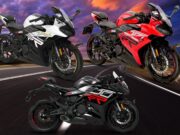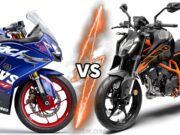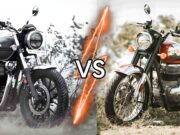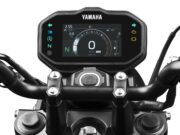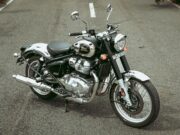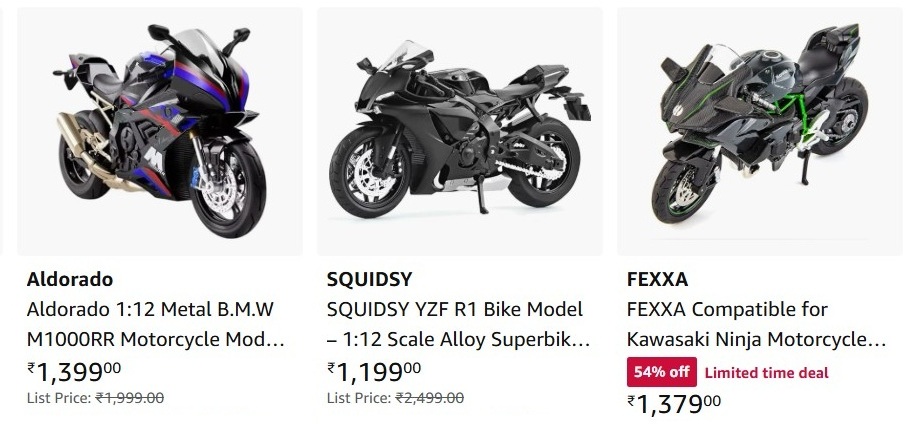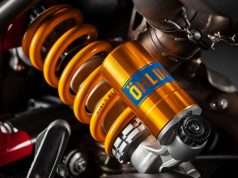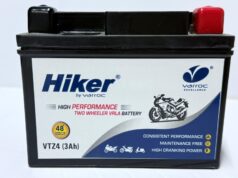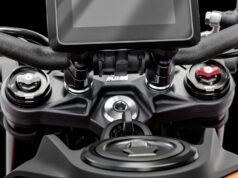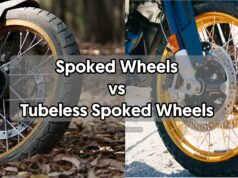Have you ever felt lost on a motorcycle adventure? Navigating unfamiliar roads can be a challenge, but with the right GPS device, you can explore with confidence. A good motorcycle GPS is more than just a navigation tool; it’s your trusted companion on the open road.
However, with so many options available, finding the perfect GPS can take time and effort. This article will highlight the key features to consider when selecting a motorcycle GPS unit that meets your specific needs to help you make an informed choice.
1. Ruggedness and Weather Resistance
When selecting a motorcycle GPS navigation, it’s crucial to prioritize ruggedness and weather resistance. As you explore and find motorcycle GPS devices, make sure to choose one with an IPX7 or higher rating to ensure it is waterproof and capable of enduring various weather conditions, such as rain, dust, and extreme temperatures. Additionally, the GPS should be shock-resistant to withstand the vibrations and impacts encountered during rides, ensuring it remains durable and reliable even in challenging environments.

2. Customizable Routing
Customizable routing is a key feature for riders seeking adventure. Look for a GPS that offers options to select curvy and scenic roads, avoiding highways to enhance the thrill of the ride. Additionally, the GPS should provide avoidance settings, allowing you to bypass toll roads, unpaved paths, or areas with heavy traffic. This ensures that you can tailor your journey to your preferences and enjoy the ride on your own terms.
3. Turn-by-Turn Navigation with Voice Guidance
Turn-by-turn navigation with voice guidance is vital for safe and hassle-free riding. Ensure the GPS is Bluetooth compatible so it can pair with a helmet communication system, allowing you to receive directions without needing to glance at the screen. The GPS should also offer both visual and audio alerts for upcoming turns, sharp curves, or speed cameras, enhancing safety by keeping you informed of important route changes and potential hazards.
4. Offline Maps and Preloaded Maps
Having access to offline maps is crucial, especially when riding in remote areas with poor or no signal. Choose a GPS that comes with preloaded maps for the regions you plan to explore, and ensure it offers regular updates, ideally with free lifetime updates. This feature guarantees that your GPS will always have the most accurate and current information, regardless of your location.
5. Traffic and Weather Updates
For a smoother journey, consider GPS systems that provides real-time traffic and weather updates. This feature helps you avoid delays by alerting you to traffic jams, accidents, or adverse weather conditions along your route. A good GPS will also suggest alternative routes in case of deteriorating conditions, ensuring you can adapt to your journey and reach your destination without unnecessary stress.
6. Battery Life and Power Options
Long battery life is essential for any motorcycle GPS, especially on extended trips where recharging opportunities may be limited. Opt for a device with a robust battery that can last through your journey. Additionally, ensure the GPS navigation systems have an external power connection option, allowing it to be connected to your motorcycle’s battery, or consider carrying spare batteries for backup during long adventures.

7. Mounting Flexibility
Mounting flexibility is an important aspect to consider for a motorcycle GPS. Look for a navigation device that comes with a sturdy mounting system, ensuring it can be securely attached to your handlebars or another convenient location on your bike. The mounting system should also allow for adjustable viewing angles so you can easily see the screen regardless of your riding position, enhancing both comfort and safety.
8. Integration with Smartphones and Apps
Modern motorcycle GPS units often feature integration with smartphones and apps, which can significantly enhance the riding experience. A GPS that syncs with apps on your smartphone allows for sharing routes, finding points of interest, and logging your journey. Additionally, the ability to receive calls, messages, or app notifications directly on the GPS screen ensures you stay connected while keeping your focus on the road.
9. Built-In Compass and Altimeter
A built-in compass and altimeter can be invaluable for navigation, particularly when riding off the beaten path. These tools provide additional orientation aids, helping you stay on course and better understand your surroundings. Whether you’re navigating through dense forests or ascending mountain trails, these features can enhance your adventure by offering crucial information about your direction and elevation.
10. User-Friendly Software Interface
A user-friendly software interface is essential for any motorcycle GPS. The setup process should be straightforward, and the navigation system should be intuitive, allowing you to easily find and select routes or adjust settings on the go. A customizable dashboard is also a plus, enabling you to display the most critical information for your ride, such as speed, distance, and estimated time of arrival (ETA), in a layout that suits your preferences.
11. Price and Warranty
Lastly, consider the price and warranty when selecting a motorcycle GPS tracker. It’s crucial to find a balance between the features you need and your budget. An ideal GPS offers the right combination of essential features at a reasonable price. Additionally, a good warranty provides peace of mind, especially for adventure riders who might subject their GPS to challenging conditions.
Conclusion
Don’t let the open road intimidate you. With a reliable motorcycle GPS as your guide, you can confidently explore new territories and create unforgettable memories. Choose a GPS tracking device that’s built to withstand the elements, offers features tailored for motorcycle riders, and is easy to use.




